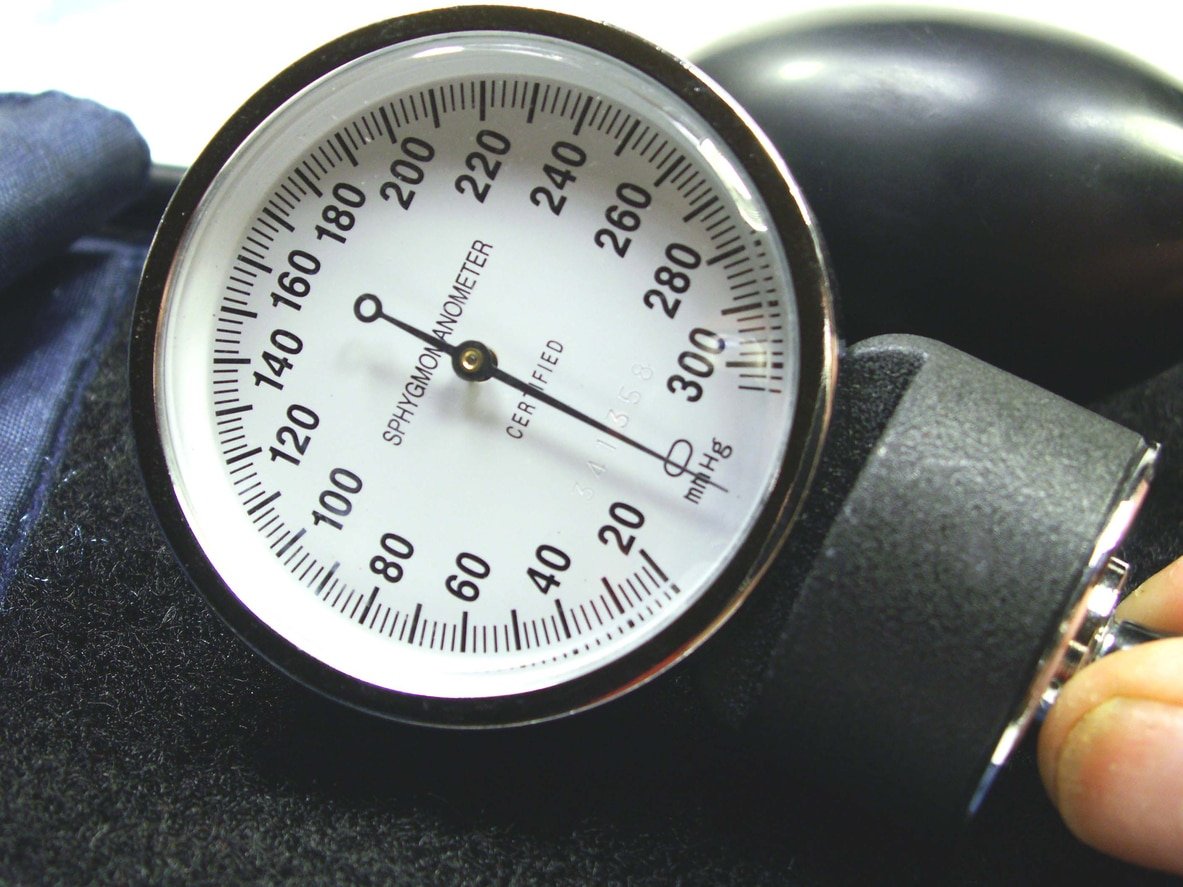Aug 13, 2022

What is Pulmonary Hypertension?
Pulmonary hypertension is a certain type of high blood pressure that increases the pressure in the pulmonary arteries/lungs and the right side of the heart. Some of the forms of pulmonary hypertension can be serious and over time even fatal. Some forms of pulmonary hypertension are not curable but there are medications that can help lessen the symptoms and improve quality of life. Pulmonary hypertension is different than systemic high blood pressure/hypertension. Pulmonary blood pressure reflects the pressure the heart exerts to pump blood from the heart through the lung arteries. So, this is pressure that is focused on the blood flow in the lungs. Secondary PH is always caused by something else or due to another condition.
Symptoms of Pulmonary Hypertension
Early stages of pulmonary hypertension may have minimal or no symptoms. As the disease progresses, the symptoms become worse.
Common symptoms of Pulmonary Hypertension
- Dyspnea/Shortness of breath
- Fatigue
- Dizziness/syncopal episodes/feeling of being lightheaded
- Chest pain or pressure
- Swelling of ankles, legs and eventually the abdomen
- Cyanosis/bluish color to lips and/or skin
- Palpitation of the heart or racing pulse
- Decreased appetite
- Upper right side abdominal pain
Groups of Pulmonary Hypertension
Pulmonary hypertension is classified into five groups, depending on the cause of the disease.
Group 1: Pulmonary arterial hypertension:
This is the most recognized category of pulmonary hypertension. This type includes both primary and secondary causes. This can be idiopathic (cause unknown) or due to a variety of other conditions/factors. This group can be inherited, drug or toxin induced, caused by connective tissue disease, HIV, liver disease, sickle cell disease, congenital heart disease or by conditions that affect the veins and small blood vessels of the lungs to name a few. There are two ICD-10-CM codes to report for this type of pulmonary hypertension. I27.0 (primary pulmonary hypertension) and I27.21 (secondary pulmonary arterial hypertension).
Group 2: Pulmonary hypertension due to left heart disease:
This category of pulmonary hypertension is caused by failure of the left ventricle or left sided valvular heart disease (mitral and/or aortic valve disease). The most common cause of pulmonary hypertension is left heart disease. ICD-10-CM code I27.22 (pulmonary hypertension due to left heart disease) is reported for this type.
Group 3: Pulmonary hypertension occurring secondary to lung disease and/or hypoxia:
This category of pulmonary hypertension is caused by COPD/emphysema, pulmonary fibrosis, sleep apnea or other sleep disorders and long-term exposure to high altitudes. ICD-10-CM code I27.23 (pulmonary hypertension due to lung disease and hypoxia) is reported for this type.
Group 4: Chronic thromboembolic hypertension:
This category is caused by clotting disorders or blood clots in the lung also called pulmonary emboli. ICD-10-CM code I27.24 (chronic thromboembolic pulmonary hypertension) is reported for this type.
Group 5: Other secondary pulmonary hypertension:
This would include causes such as polycythemia vera, essential thrombocytopenia, sarcoidosis, vasculitis, thyroid or glycogen storage disease, kidney disease, anything that presses on the pulmonary artery (like a tumor) or multifactorial. ICD-10-CM code I27.29 (other secondary pulmonary hypertension) is reported for this type.
Unspecified pulmonary hypertension is reported with ICD-10-CM code I27.20.
Sequencing is based on the circumstances of admission or reason for the encounter. When reporting a code from subcategory I27.2, be sure and report the associated conditions or the adverse effect of the drug/toxin.
As stated above, there is no cure for the disease pulmonary hypertension. But medication/treatment can lessen the symptoms and improve quality of life.
Here are a few lifestyle changes that can improve the symptoms:
- Discuss with your MD before taking over the counter medications
- Quit smoking or do not start to smoke
- Follow a healthy diet-low in fat, cholesterol, sodium and sugar
- Record your weight. If there is a rapid weight gain it may be a sign of worsening
- Stay active
- Avoid the hot tub/sauna
Authored by Kim Boy, RHIT, CDIP, CCS, CCS-P
References:
ICD-10-CM Index
AHA Coding Clinic, Fourth Quarter 2017 Pages: 14-15
mayoclinic.org/diseases-conditions/pulmonary-hypertension/symptoms-causes/syc-20350697
For the past 30 years, HIA has been the leading provider of compliance audits, coding support services and clinical documentation audit services for hospitals, ambulatory surgery centers, physician groups and other healthcare entities. HIA offers PRN support as well as total outsource support.
The information contained in this coding advice is valid at the time of posting. Viewers are encouraged to research subsequent official guidance in the areas associated with the topic as they can change rapidly.
Subscribe to our Newsletter
Recent Blogs
Related blogs from Industry News , Medical Coding Tips
It is difficult for coders to know when to re...
Health Information Associates (HIA), known fo...
Fetal positioning within the uterus is not of...
A common misconception among coders is that c...
Subscribe
to our Newsletter
Weekly medical coding tips and coding education delivered directly to your inbox.





Leave a Comment